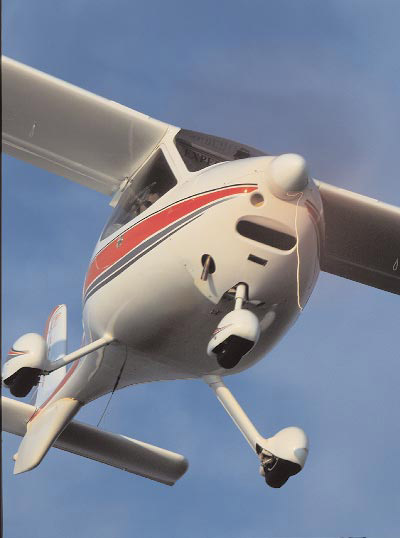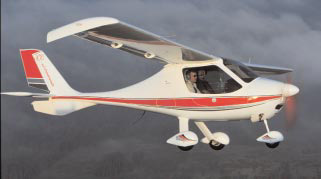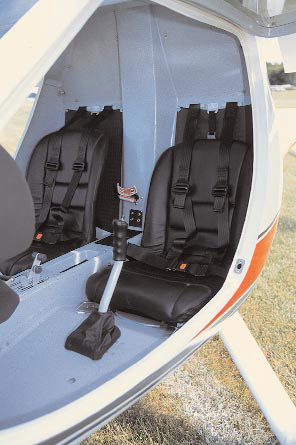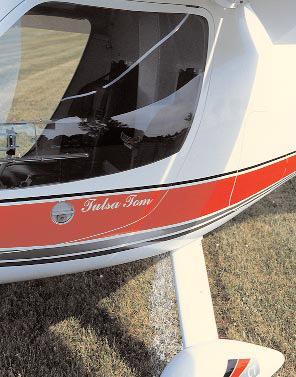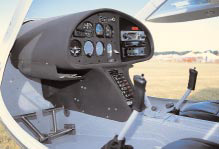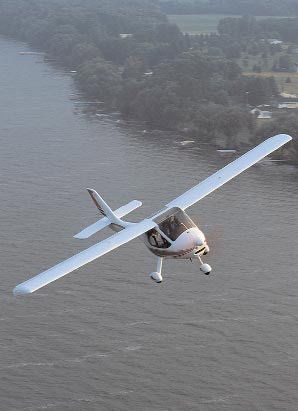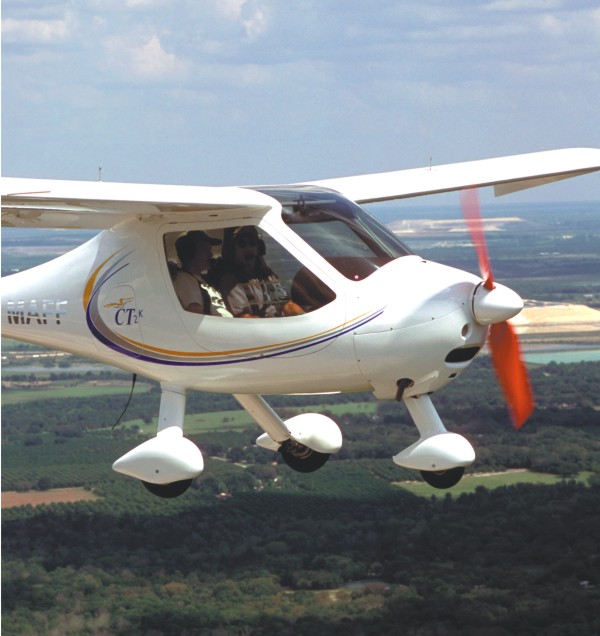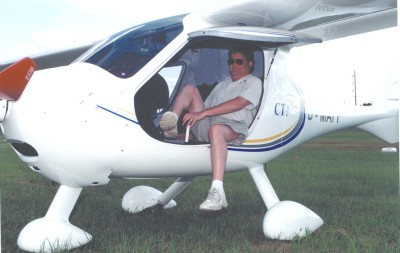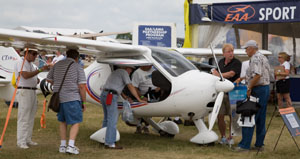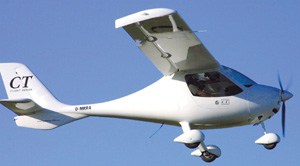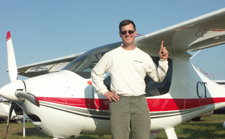
Sun ‘n Fun 2005 started off with a bang when Flightstar Sportplanes’ Tom Peghiny heard the Flight Design CT he imports was one of the first Special Light-Sport Aircraft to be given its airworthiness certificate. (S-LSAs are fully built and can be used for training or rental.) CT regional dealer Tom Gutmann of Airtime Aviation, Inc., was the recipient of a process Peghiny graciously called “the effort of many people.” Watch for full coverage of this benchmark achievement in aviation magazines.



